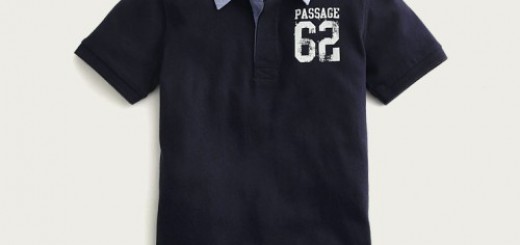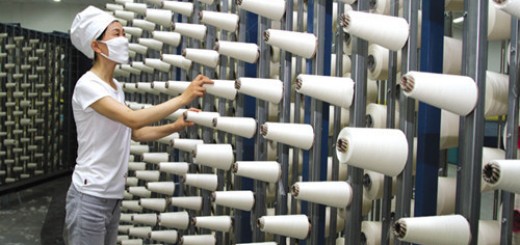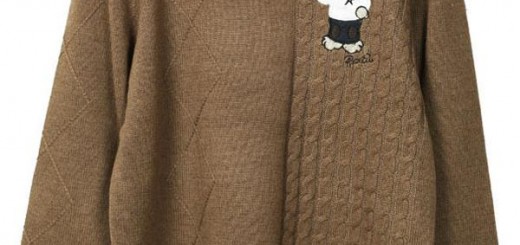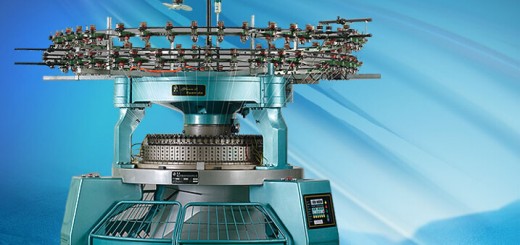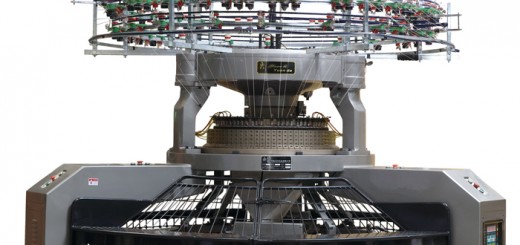This article introduces several common problems when printing knitted fabrics and also offers some solutions.
Problem 1: How to do with cloth feather?
It’s really a headache that the cloth feather will block the pattern gridding which is result in the special pre-treatment process of knitted fabrics. The knitted fabrics are without singeing and mercerization, and the loose cloth will overflow of the tub, therefore leave much feather and cause the blockage.
Solutions: (1) Manufacturers should enhance the inspection for fabrics and find out the low-quality fabrics and deal them timely. (2) Pre-treatment is also important, manufacturers should adjust the processing and increase the washing time and tries to reduce the feather to a minimum level. (3) Choose the knitting machine with a vacuum cleaner and put some sticky nets on printing machine, which can stick a part of feather.
Problem 2: How to do with holes in the finished products?
There are mainly three reasons to cause holes. Firstly, the original cloths have holes. Secondly, the machine may damage the cloth and leave holes, due to the strong friction between cloth and machine. Finally, man-made reasons. For instance, the fast machine speed, and grab cloth when in some accidental situations.
Solutions: (1) Check the original cloth more carefully and deal with the outworn fabrics before further processing. (2) Choosing the fabrics with smooth texture and good performance. (3) Improve the responsibility of the operator, the machine should be clean without sharp items and control the machine in an even speed.
Problem 3: How to keep the stable gram weight?
Generally speaking, customers may be particular about the gram weight of knitted fabrics, it also a indicator to present the quality of fabrics.
Solutions: (1) examine the quality of original cloth. (2) If the finished products cannot reach the standard gram weight, manufacturers should find out reasons from equipment and improve technique. (3) Choosing the appropriate equipment and auxiliary dyes. Besides, according to features of fabrics to choose proper technique is also important. (4) Manufacturers can also add some additives to increase the gram weight, such as urea, water and other additives to make up the shortages in gram weight.
Question 4: How to anti-staining?
Without mercerization, knitted fabrics are more easily to stain during washing, and therefore, there is higher requirement of anti-stain measurements.
Solutions: (1) Choosing the soap lotion with excellent anti-staining property so as to avoid contamination. (2)Eliminate the paste completely, if not the fabrics will have a tough texture and must add softening agents which will increase the cost. If the fabrics have residual colors, it will affect the product quality and manufactures should pay attention to the proper operation during processing.
